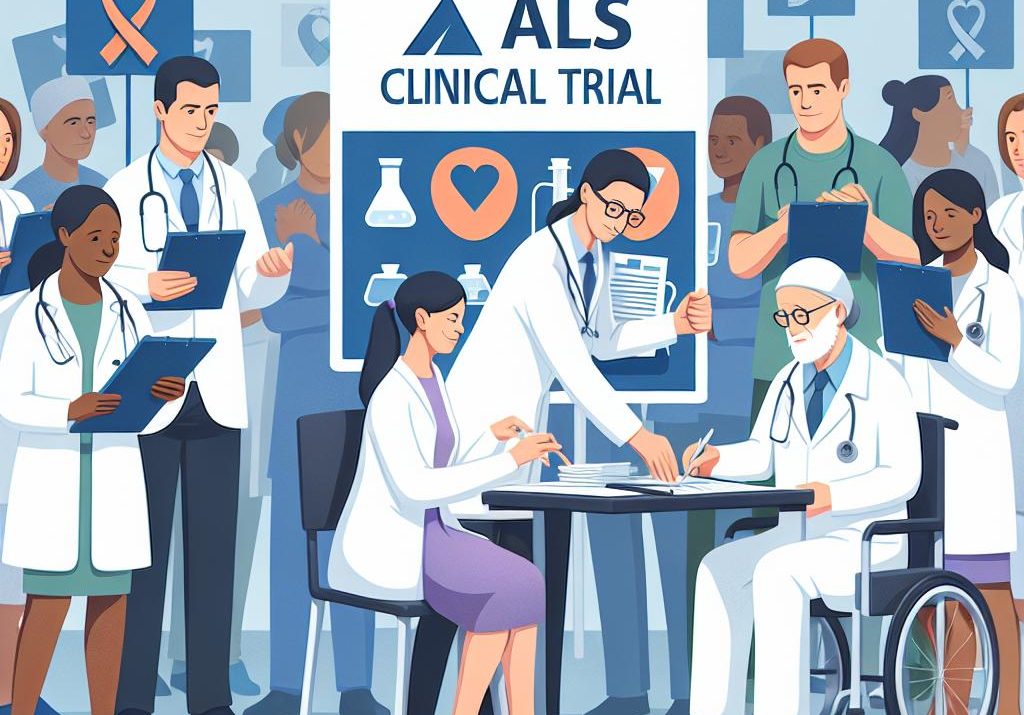MediciNova has completed target enrollment in COMBAT-ALS, its Phase 2b/3 clinical trial of MN-166 (ibudilast), across sites in the United States and Canada. The study advances a late-stage program in amyotrophic lateral sclerosis that has long been tracked by neurology specialists for its anti-neuroinflammatory mechanism and the potential to be used alongside standard therapies. Hitting accrual in ALS is not routine; competition for a small, rapidly progressing patient population is intense, and recent high-profile disappointments have elevated the evidentiary bar for both regulators and payers.
The strategic question is whether a repurposed, mechanistically pleiotropic small molecule can deliver durable functional and survival benefits that stand up to post-Relyvrio skepticism. Ibudilast inhibits PDE4 and macrophage migration inhibitory factor, positioning it to modulate glial activation and neuroinflammation—an increasingly validated axis across neurodegenerative diseases. That biology helps, but ALS decision-making is now dominated by hard outcomes, respiratory measures, and biomarker corroboration rather than exploratory signals. Trials that merely slow ALSFRS-R decline without a coherent survival or quality-of-life narrative will struggle to gain broad clinical adoption or coverage beyond narrowly defined populations.
For patients and clinicians, enrollment completion means a nearer path to data that could expand the limited toolbox beyond riluzole, edaravone, and genetically defined niche options. If MN-166 shows additive benefit on top of standard of care, it could slot into combination regimens without complex administration burdens, a meaningful differentiator in a disease where time and function are precious. For payers, the threshold is higher: durable, clinically interpretable benefits, ideally supported by biomarker alignment such as neurofilament dynamics, and clear evidence of impact on key resource drivers like ventilation and hospitalizations. Medical Affairs teams should already be mapping HCP education around endpoint interpretation, patient selection, and real-world data capture to bridge from trial outcomes to practice change.
Competitionally, the ALS landscape has reset. Precision genetic approaches remain constrained to small segments, while several anti-inflammatory and metabolic candidates have failed to translate. That creates a window for an oral, safety-familiar agent to gain traction—if it clears the efficacy bar. MediciNova’s broader pipeline in progressive MS, degenerative cervical myelopathy, and long COVID underscores a platform thesis around neuroinflammation, but success in ALS will likely hinge on a focused, evidence-led positioning rather than a multi-indication story. Commercial teams will need a crisp value narrative that anticipates payer counterarguments, defines the place in therapy alongside existing drugs, and plans for early real-world evidence partnerships with high-volume ALS centers.
This milestone also reflects a broader trend in neuroscience development: capital-efficient, grant-enabled, and investigator-network-driven programs reaching pivotal stages while larger pharma calibrates its neuro bets. As seamless Phase 2b/3 designs mature, the industry is converging on biomarker-integrated endpoints and pragmatic trial operations that can support rapid payer and guideline engagement if results are positive. The next inflection will come at readout, where the magnitude and consistency of benefit will determine whether MN-166 can shift from an intriguing mechanism to a reimbursable backbone in ALS care. The question now is whether ibudilast can translate its anti-inflammatory promise into outcomes that are not only statistically persuasive but operationally adoptable in a tightly scrutinized, high-need market.
Jon Napitupulu is Director of Media Relations at The Clinical Trial Vanguard. Jon, a computer data scientist, focuses on the latest clinical trial industry news and trends.







